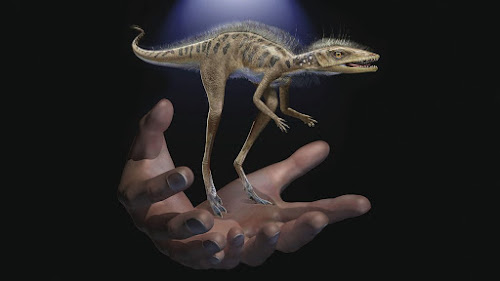350 elephants drop dead in Botswana, some strolling in circles before doing face-plants
Greater than 350 elephants in Botswana have mysteriously passed away since May, in a sensation that some researchers have dubbed a "preservation catastrophe," and one that has evaded description.
The elephants — which passed away in the swampy Okavango Delta — still had their tusks undamaged, recommending that cream color poaching had not owned the fatalities, The Guardian reported. A trip over the delta in May by scientists with Elephants Without Boundaries, a wild animals preservation company, first found 169 carcasses; that number leapt to 356 in June, when the conservationists took another trip over the location.
Botswana's Ministry of Environment, All-natural Sources Preservation, and Tourist has confirmed 275 of those elephant carcasses, inning accordance with a declaration from the African Wild animals Structure.
Related: Elephant pictures: The greatest beasts ashore
The mass die-off could be discussed by either a poison or some as-yet unidentified pathogen, inning accordance with The Guardian. Currently, authorities have eliminated anthrax, the carcasses evaluated unfavorable for that germs, said Scott Schlossberg, a research study specialist for Elephants Without Boundaries.
The germs that causes anthrax illness, called Bacillus anthracis, occurs normally in dirts, where it can stay non-active as spores for years, researchers reported in 2019 in the journal Procedures of the Imperial Culture B. Grazing pets can consume anthrax-tainted dirts together with plants or while drinking from sprinkling openings.
This isn't the first elephant die-off in the region; greater than 100 elephants passed away over a two-month duration in the fall of 2019 in Botswana's Chobe Nationwide Park, primarily owned by dry spell. Some of those fatalities may have been because of anthrax, as the elephants would certainly have ingested dirt (potentially polluted with anthrax spores) while grazing about dried-up sprinkling openings and throughout wilted grasslands, the AFP reported at the moment.
Local resources informed The Guardian that 70% of the elephant carcasses — which span any ages — have been found about sprinkling openings, so perhaps the offender is in some way connected to sprinkling openings, The Guardian reported. Also, residents have reported that some of the elephants were strolling in circles before their fatalities, recommending a neurological issue.
"If you appearance at the carcasses, some of them have dropped straight on their face, indicating they passed away very quickly," Niall McCann, supervisor of preservation at the U.K.-based preservation company Nationwide Park Save, informed The Guardian. "Others are certainly passing away more gradually, such as the ones that are roaming about. So it is very challenging to say what this toxic substance is." Cara Depo Dan Withdraw di Situs Judi King88bet

Related: In pictures: One of the most unexpected elephant family members on Planet
Another idea, however not likely, is cyanide, which poachers often use to poison elephants. However, when it comes to cyanide poisoning, the elephants are typically clustered in one location where the poison was released, and various other pets scavenging on their carcasses also show up dead, The New York Times reported. This hasn't already been the situation in Botswana.
Instead compared to nasty play, the elephants might have passed away from an all-natural offender, said Chris Thouless, the
going
of research at the preservation company Conserve the Elephants, which is centered in Kenya, The New York Times reported. Thouless recommended the viral illness encephalomyocarditis, which is transmitted by rats, could be responsible. The illness causes neurological disability and is known to have eliminated 60 elephants in Southern Africa's Kruger Nationwide Park in the mid-1990s, inning accordance with a record released in 1995 in the Onderstepoort Journal of Veterinary Research.

